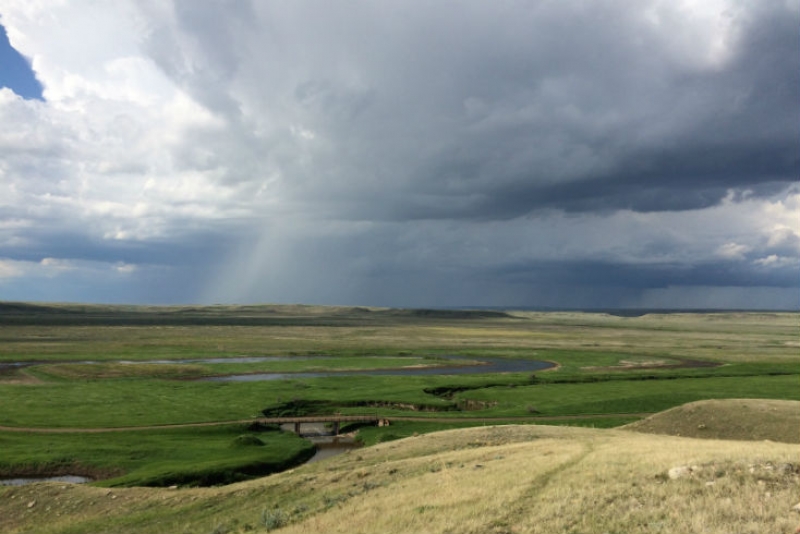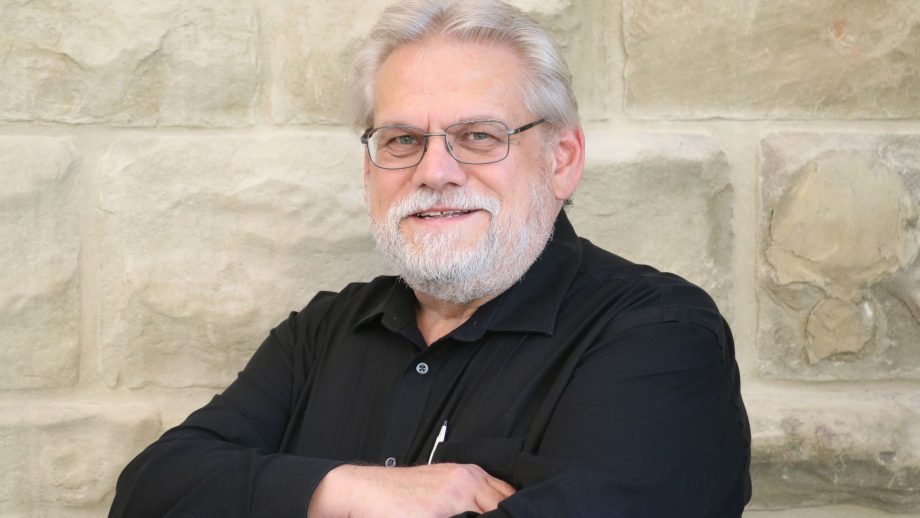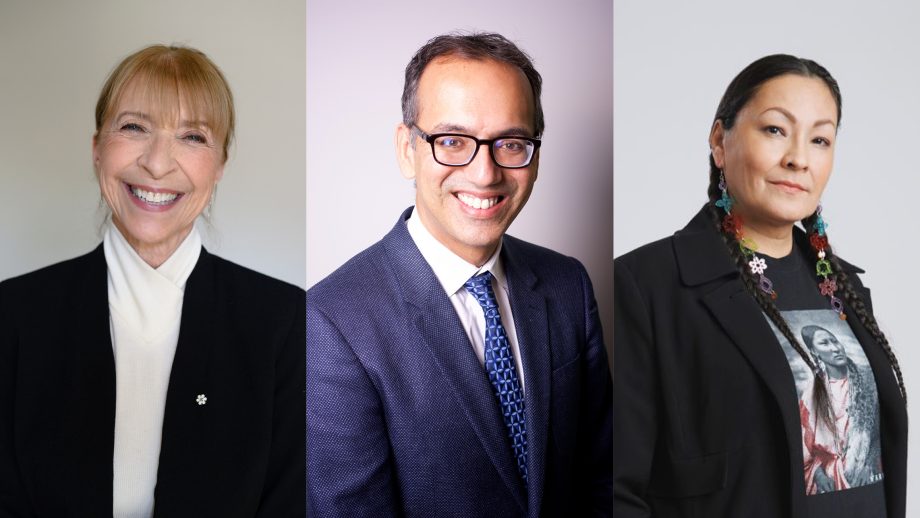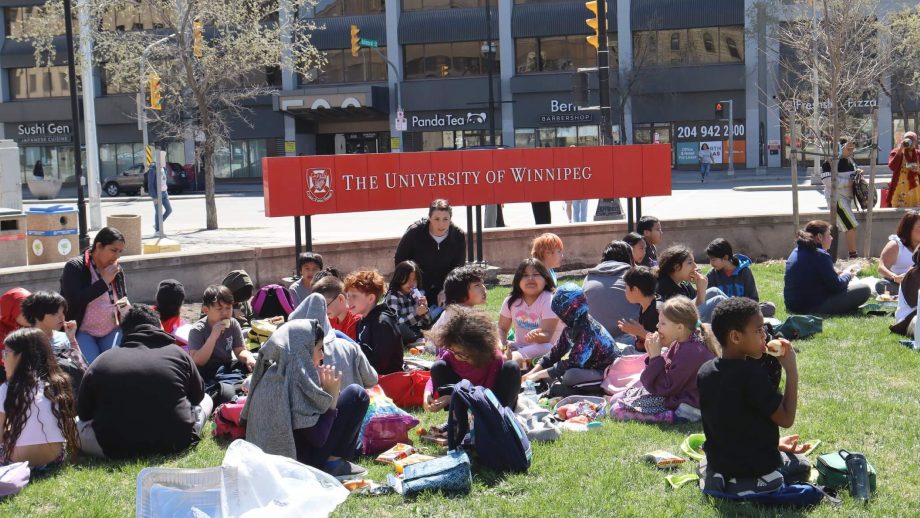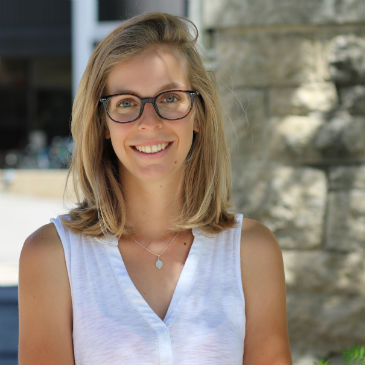
Anne Charlotte Olivier, ©UWinnipeg
Bright-eyed and soft spoken student Anne-Charlotte Olivier is in her fourth year of her BSc at the Montpellier SupAgro in France. Originally from Amiens, France, Olivier already has a solid background in work and research from Australia, Moldova, and Sweden, and has decided to tackle research on the Canadian Prairies at The University of Winnipeg.
Olivier is currently doing an internship with UWinnipeg’s Dr. Rafael Otfinowski (biology). They are conducting research at Grasslands National Park in Saskatchewan. They are looking to establish a link between plants, their roots, and soil food webs in what was formally agricultural land.
Across the Prairies, grasslands are some of the most threatened ecosystems, yet they are essential as they provide critical ecosystem services for water regulation, nutrient cycling, carbon sequestration, wildlife habitat, and forage production.
“We still know very little about the species that inhabit grasslands and their role in providing these services,” explained Otfinowski. “The mystery is the below ground ecology of grasslands. This is where roots build biomass, store nutrients and carbon, and intercept water. Despite this we know very little about the soil ecosystems in grasslands and almost nothing about the soil ecosystems in the Canadian Prairies.”
Together with Vicky Coffey (MSc candidate, biology), they are trying to solve this underground mystery to improve the health of existing prairie grasslands that was once converted to agricultural land.
“We want to understand the impact agriculture has on soil,” said Olivier. “We want to know how the grasslands in the Prairies can return to their native state.”
Since 1997, Grasslands National Park has been revegetating historic agricultural fields found inside the park and has initiated an active program to monitor the establishment of native prairie plants.
“Our main questions are whether restoration gets more successful with time and whether the diversity of species in a restored prairie brings more important functions to a prairie ecosystem,” said Otfinowski. “If we can understand how roots develop and how they are structured, we can understand the basic foundation of how soil ecosystems are made. That will help us figure out how to best manage grasslands to provide ecosystem services and, most importantly, how to restore those grasslands that have been damaged by human activities like oil and gas, mining, intensive agriculture, and construction.”
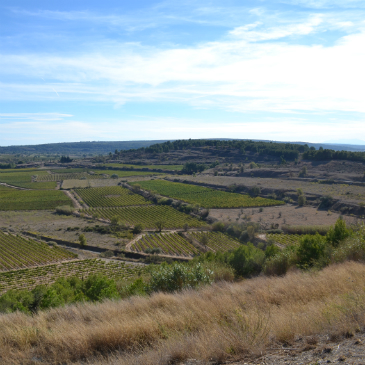
Vineyards in France, ©Anne-Charlotte Olivier
Incidentally, Olivier’s research on the Prairies has her mesmerized since the landscape is much different than her French country side.
“I really love the Prairies,” she said. “The landscape is so different. There are no trees, no shade, and I have seen so much wildlife. I have seen rabbits, deer, bison, and coyotes. And late at night after doing our field work you can hear the coyotes. It really is amazing.”

